Not sure what a consonant blend is? Need some lesson ideas for teaching blends to your students?
You’re in the right place!
In this blog post, I’m going to explain blends, give some examples, and share how I teach blends to my Kindergarten, first grade, or second grade students!
(Note: This is the third post in a series of blog posts covering phonics terms and skills. If you missed the preceding posts in this series on teaching phonics in K-2, you can find the first post on phonemes here and the second post on digraphs here.)
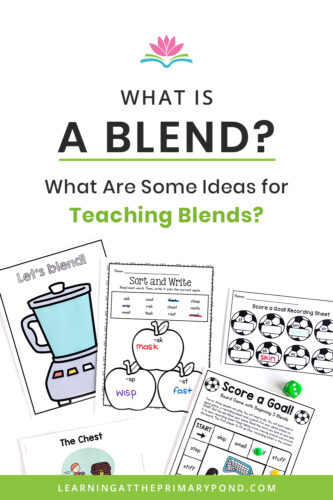
What Is A Blend?
A blend is the written consonant sequence that comes before or after a vowel in a word or syllable. Blends are also sometimes called consonant clusters. They can be made up of 2 or 3 letters.
You’ll see blends at the beginning of words and syllables (for example: “tr” in trap or “spl” in splash) and at the ends of words or syllables (“st” in the word past).
In a blend, each letter retains its individual sound. For example, in the word brag, you can still hear the individual /b/ and /r/ sounds in the “br” blend.
This is different from a digraph (like ch or sh). In a digraph, the letters work together to make a single phoneme. In a blend, this is not the case.
Let’s do a little practice exercise! How many phonemes do you hear in the following words? (Remember, a phoneme is a single speech sound. One or more letters can be used to represent that sound.)
| scrub | trash | shock | splat |
Ready to check your answers?
- scrub – 5 phonemes
- trash – 4 phonemes
- shock – 3 phonemes
- splat – 5 phonemes
A few notes:
In the word shock, we see 5 letters, but the word only has 3 sounds. /sh/ /ŏ/ /k/ Shock is made with two digraphs, sh and ck, each representing one sound.
In the word splat, we see 5 letters— and the word has 5 sounds. /s/ /p/ /l/ /ă/ /t/ Each of the letters s, p, l, retains its own unique sound.
And one last thing: have you ever heard of a digraph blend?
A digraph blend is made up of a digraph blended with a consonant sound. Here are some examples:
munch – “nch” is a digraph blend
throb – “thr” is a digraph blend
(We’ll talk about when to teach digraph blends later on in this post.)
How Do You Teach Blends?
Before we talk about the “how,” let’s talk about the “what.” Which blends should you teach?
Well, there’s a ton of blends out there! Here are some l-blends that are found at the beginnings of a word or syllable:
| bl | cl | fl | gl | pl |
Here are some example words with l-blends (I limited these to short-vowel words since I usually teach blends after or in conjunction with short vowels): blog, blip, bled, clap, clam, clip, clop, club, flag, flat, fled, flip, flop, glad, glob, plan, plop, plum
Then there’s r-blends (also found at the beginning of a word or syllable):
| br | cr | dr | fr | gr | pr | tr |
R-blends can be tricky. When we’re working on “dr” and “tr,” I don’t expect 100% mastery from my Kindergarten or first grade students. The “dr” and “tr” blends can sound like /j/ and /ch/ to kids.
Here are some example words with r-blends: brag, bran, brim, crab, cram, crib, drag, drip, drop, drum, Fred, from (note the unique vowel sound), frog, grab, gram, grip, grid, prim, prod, prop, trap, tram, trip, trim.
Then there are blends with s (some are found at the beginning of a word or syllable, some at the end):
| sc | sk | sl | sw | st | sp | scr | spl | spr | str | squ |
Here are some words you might use to teach blends with s: scan, scum, skim, skid, skip, ask, mask, task, husk, tusk, slap, slam, sled, slim, slip, slop, swim, swam, stem, step, stop, stun, last, best, list, fist, span, sped, spin, spot, spun, clasp, wisp, scrap, scrub, splat, splash, splint, sprint, spring, strap, strum, squid, squint
Then there are a handful of miscellaneous blends that are found at the ends of words, including:
| ct | ft | lf | lk | lp | lt | mp | nd | nt | pt | xt |
Here are some example words with these ending blends: fact, duct, lift, left, soft, shelf, gulf, milk, silk, sulk, gulp, melt, belt, wilt, damp, camp, limp, stomp, jump, bump, and, sand, stand, lend, wind, fund, want, went, lent, mint, wept, swept, next
And last but not least, here are some digraph blends:
| shr | thr | nch |
Here are some example words with digraph blends: shrub, shrug, throb, three, ranch, bench, winch, crunch, munch, lunch
There are a LOT of blends, right?
But here’s something really, really important: Kids do not need to memorize all these blends! They just need to know how to blend sounds together.
So when I’m teaching blends, I do point out patterns – i.e. that “tr” is found in multiple words – but I keep the focus on helping students blend sounds together. (See the last section in this post for some specific teaching activities.)
Additionally, I never jump straight into working on blends in words (unless I’m working with students who have already had a lot of instruction on blends). Instead, we do phonological awareness work and work with pictures.
When I know that we’re going to be studying words with blends soon, I begin having students blend the sounds in words with blends. For example, I might say: /s/ /t/ /ĕ/ /p/ and students have to say the whole word: step.
Eventually, students have to segment the sounds in words with blends (for example, I say “flag” and students have to say /f/ /l/ /ă/ /g/).
If segmenting words with blends is challenging for your students, try using Elkonin/sound boxes (see image below – it’s literally just 4 small boxes put together for a word with 4 phonemes). As students say each sound in the word, I touch one box, moving left to right. This is especially helpful for students who tend to omit the second sound in a blend – they can visually see that they missed something because they have an “extra” box remaining.
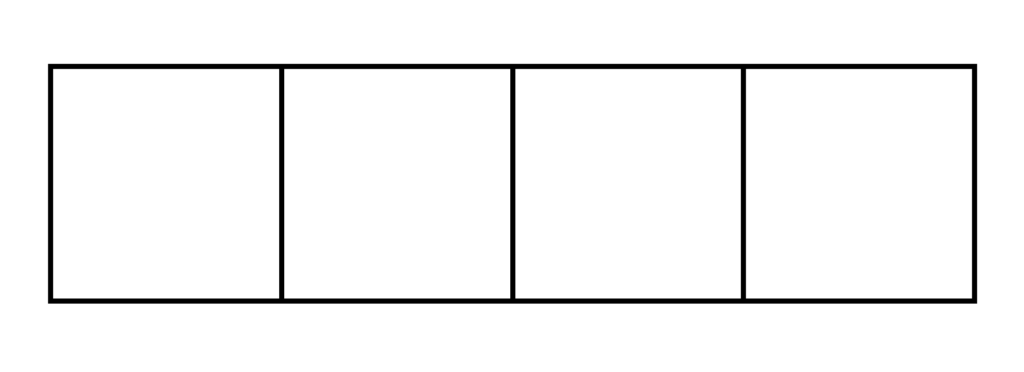
Also, it can be helpful to work with pictures with blends before introducing actual words. For example, students could sort pictures that begin with “fl” (i.e. a picture of a flag) and “fr” (i.e. a picture of a frog) to help them distinguish between these two blends.
If students are struggling with blends, I just come back to these phonological awareness activities and picture sorts for more practice!
When Do You Teach Blends?
Developmental spelling research indicates that students usually master blends after learning short vowels and digraphs. They are typically mastered before students learn long vowels.
Here’s how I cover blends in my phonics program, From Sounds to Spelling:
Kindergarten: introduce initial s blends, initial l blends, initial r blends
1st Grade: review initial s, l, r blends (only 2-letter blends, omit the 3-letter blends listed above), teach final blends, teach digraph-blend -nch
2nd Grade: review initial and final blends, teach 3-letter blends, teach remaining digraph-blends
The nice thing about blends is that, even when you’ve moved on to other spelling patterns (i.e. long vowels), it’s pretty easy to have students keep practicing blends. For example, if you’re working on silent e, you can work on the words broke, drive, prime, etc.
What Are Some Activities for Teaching Blends?
One idea for practicing blends is to use decodable readers. This provides tons of practice with a specific skill. I have decodable readers available for teaching blends in Kindergarten, 1st Grade, and 2nd grade.
Another option is GAMES! (Who doesn’t love games?!) If you haven’t checked out my No-Prep Phonics Games, make sure to do so! I have games for Kindergarten Blends, 1st Grade Blends, and 2nd Grade Blends.
Here are some of my favorite teaching activities for working on blends! They come from my phonics program, From Sounds to Spelling, but they can be incorporated into any program.
- Blend to read words with blends (example: I’ll have 4 cards with individual letters, s-t-e-m; students say /s/ /t/ /ĕ/ /m/, stem)
- Write words with blends; make blend words with magnetic letters
- Circle, underline, or highlight words with blends BEFORE reading a decodable text with blends (this is great for getting students to recognize blends in context!)
- “Spelling Cards” activity (students say the name of the picture, segment it, and then write it – the little half-arc under the boxes indicate that there is a blend).
- “Read and Highlight” – students read the words, highlight / circle all of the blends, and write a sentence using a couple of the words.
Conclusion
I hope this information on blends is helpful to you! If you need more resources to teach this or other phonics skills, check out my phonics program, From Sounds to Spelling.
This program contains complete lesson plans, lots of activities like the ones shown above, picture and word sorts, decodable texts, phonics posters, and more!
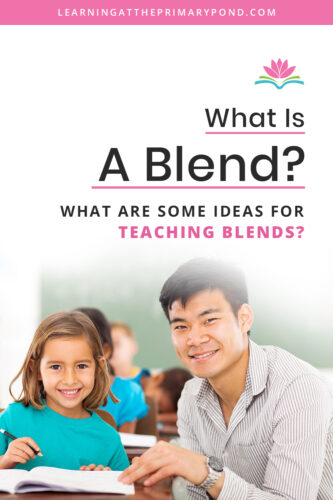

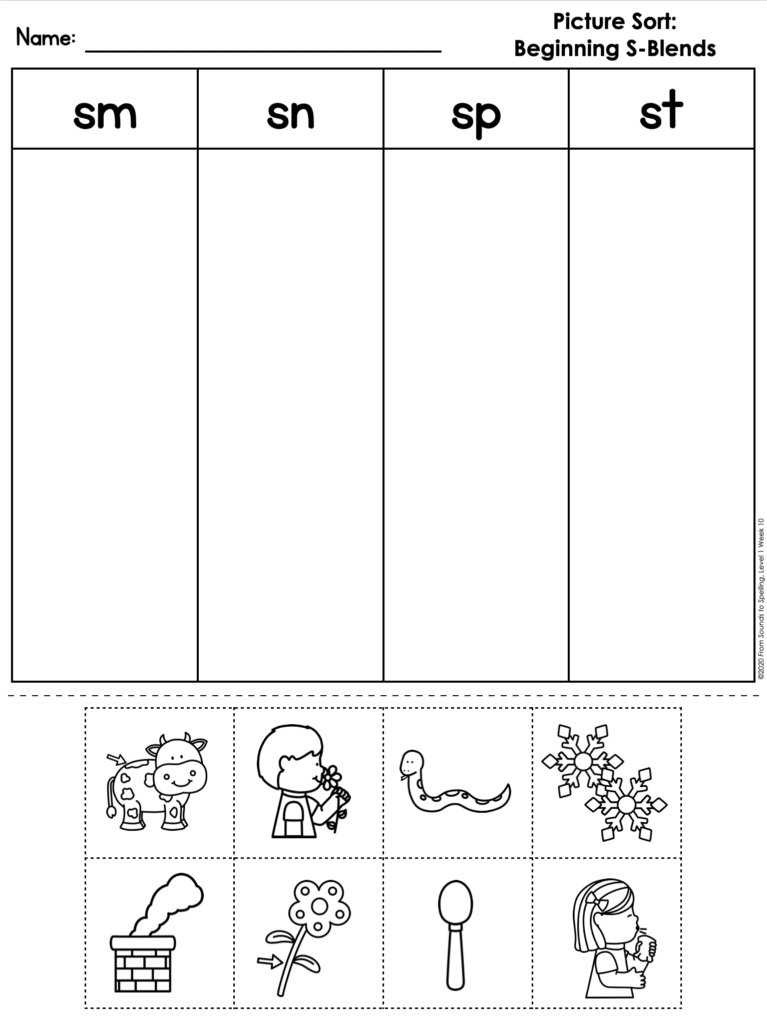
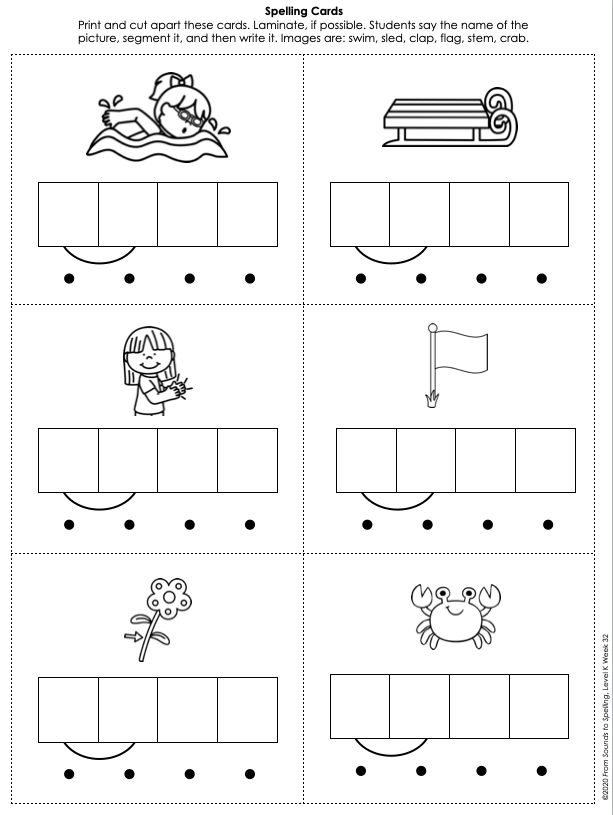
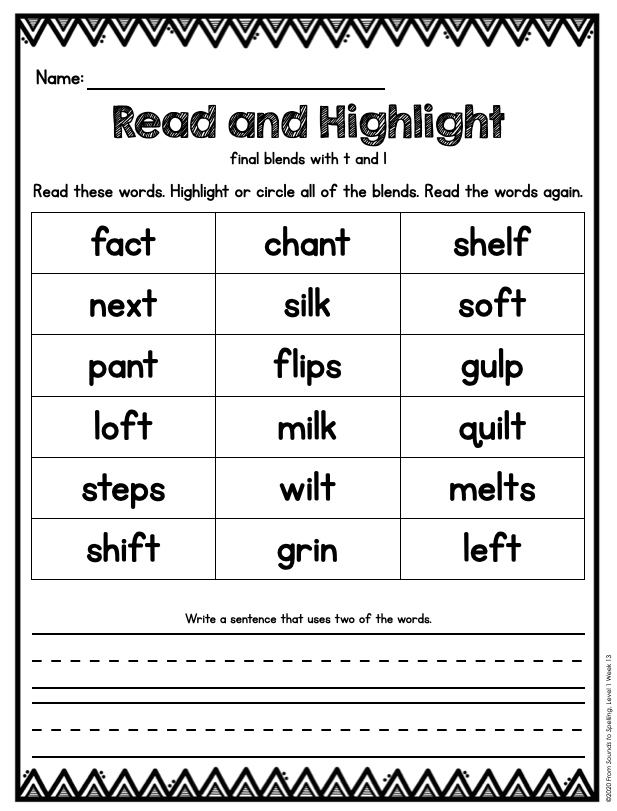
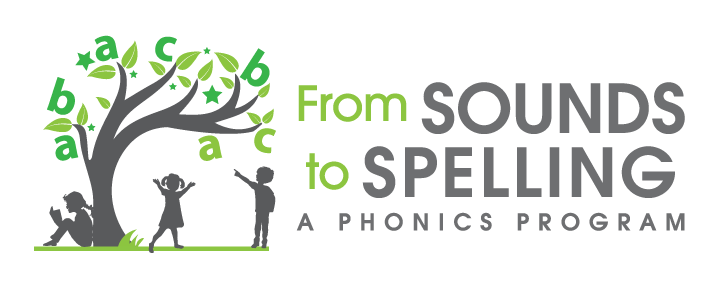
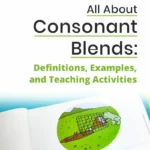
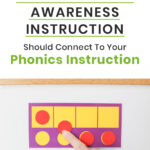
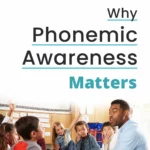
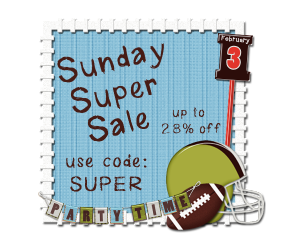
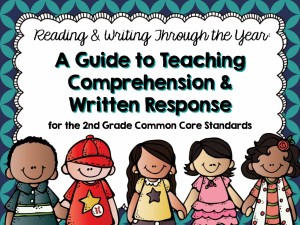
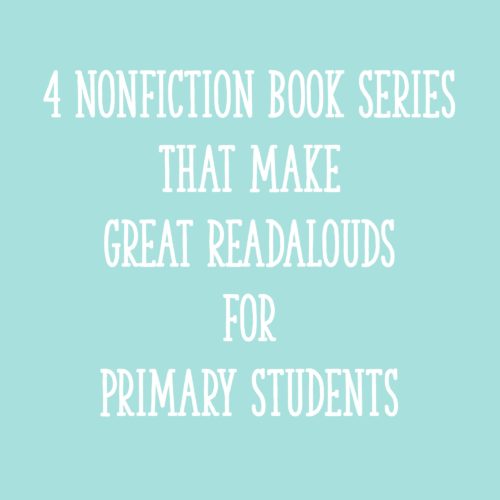






My teachers in K-1 are working on blends this week and it has been a struggle for them to do the blending routine with the blends. In previous years they taught the blend as one sound and now we are trying to correct that. Using the resources you have created has started to help many of my teachers rethink their teaching practices when they teach the blends.
That’s sooo great to hear! Best of luck to your K-1 teachers!
We started blends a few weeks ago and we started with s blends. Some students are still having a difficult time with the s blends. I have pulled a lot of s blend materials/activities from sounds to spelling. I love the activities and the students seems to enjoy them as well. I plan to pull some of the blend games to do with my students.
Do you teach digraphs before you introduce blends?
Great to hear, Tara! Yes, I teach digraphs before blends.
Yes